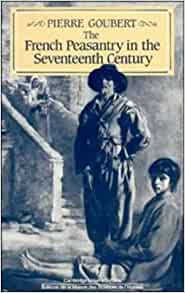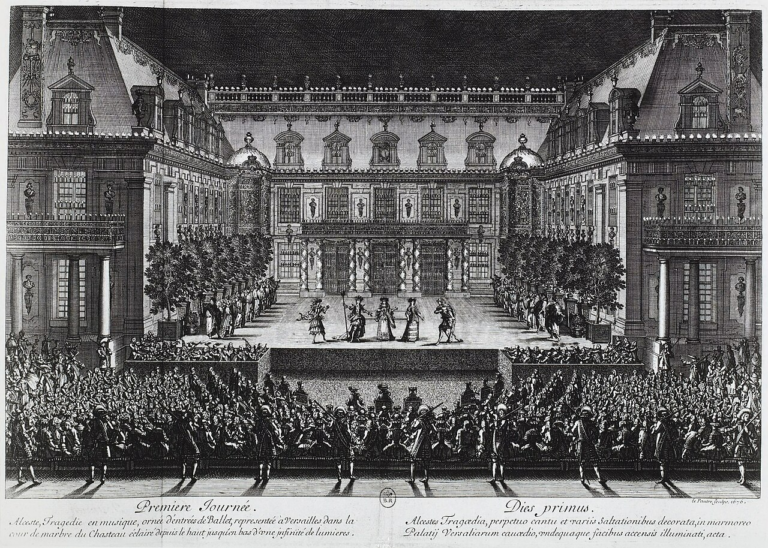Y is for Why – Religious conflicts?
A contribution to the #AtoZchallenge 2024
Religious conflicts have plagued societies throughout history, causing immense suffering, division, and loss of life. In this blog post, I explore the root causes of religious conflicts and propose potential solutions, drawing on historical examples from 17th-century France and contemporary cases.
Why do religious conflicts occur?
Many are the causes of religious conflicts, and each case is unique. Here are some of the major reasons:
- Many people assume the conflict arises from a divergence of beliefs, but this is an oversimplification. Often, the disagreement is between factions of the same religion: Orthodox, Catholic or Protestant Christians; Sunni or Shia Moslems. In such cases, it often comes down to narrow interpretations of particular words or holy days; or attitudes to specific books, images, or rituals. One example from Christianity would be the different attitudes to Mary. All Christians respect her as a model of faith and obedience to God, and as the mother of Jesus, who is both fully human and fully divine. Orthodox and Catholic churches venerate her as more than merely human and offer prayers to her for intercession.
Another difference would be the question of how literally the Bible should be accepted.
One could say, each believer should be free to hold his or her beliefs on such matters, but it is often the practicalities that cause offence. Do we erect in our sanctuary a gold-plated statue of Mary holding a little baby Jesus? Do we make the Bible available in our local language for everyone to read? - Between different religions, both doctrines and practices can cause strife. Moslems cannot accept that Jesus was divine and that his death offers believers forgiveness and peace with God. Jews, Christians and Moslems are offended by the many gods of Hinduism. Moslem men cannot tolerate women who dress casually or, in their eyes, provocatively. Jews insist on respect for their Sabbath and can’t tolerate others who see it as a normal working day. Again, it should be possible for everyone to adhere to his or her principles without condemning others.
- Throughout history, rulers and governments have often exploited religious convictions to consolidate their power and control. In 17th-century France, for example, King Louis XIV believed he could only maintain his rule over the country if everyone adhered to the Catholic Church. Protestants, such as the Huguenots – and members of other minority faiths – were pressurised to abjure their faith or flee the country. In reality, this was a manifestation of a megalomaniac lust for power and glory on the part of the King.
- Poverty, inequality, and marginalization, as well as misunderstandings and misperceptions, can also exacerbate religious tensions.
Potential solutions
Since religious conflicts usually arise from judgemental attitudes towards those of a different faith, I suggest some approaches as to how they could be solved.
- Often the problems arise from misunderstandings. Encouraging dialogue between members of different religious communities can promote mutual understanding and foster peaceful coexistence.
- Interfaith cooperation can play a crucial role in promoting peace and reconciliation. By emphasizing shared values and common goals, such as caring for sick and elderly people, religious leaders and communities can work together to address shared challenges and build a more harmonious society.
- Political reforms that promote democratic principles and inclusive governance, denying leaders autocratic powers, can help de-escalate tensions and encourage peaceful solutions to conflicts.
- Addressing socioeconomic injustices is another important measure for addressing religious tension. Investing in education, healthcare, and economic opportunities for marginalized communities can help ease grievances and build social cohesion.
Examples from French history
In 16th and 17th-century France, religious conflicts between Catholics and Huguenots, known as the Wars of Religion, ravaged the country for decades. The Edict of Nantes in 1598, which granted religious freedom to Huguenots, was a significant step towards peace and reconciliation.
However, the revocation of the Edict in 1685 by Louis XIV reignited religious tensions and led to further persecution of Huguenots. Many well-educated and skillful people fled the country, experiencing severe hardship and loss. This resulted in major disruptions to social structures and institutions, as qualified professionals were no longer available.
Contemporary Cases
In recent years, some of the conflicts in the Middle East, parts of Africa and Asia, have been fueled by religious divisions. Socioeconomic disparities have also had an influence. Here again, we see that religious conflicts are complex issues that require multifaceted solutions. But international conflict, such as Russia’s aggression against Ukraine, as well as internal political struggles, especially by the rising populist leaders, are clear cases of lust for and misuse of power.
Promoting dialogue and understanding, and working towards inclusive governance and social justice, would help to build a more peaceful and harmonious world where diversity is respected and celebrated. Unfortunately, international efforts, such as by the United Nations, have been largely unsuccessful in resolving these situations.
‘Greet Suzon for me’, a book about a Huguenot family’s perilous escape from religious persecution in France, will be published in 2024.
Here are the previous daily posts: A B C D E F G H I J K L M N O P Q R S T U V W X








Such conflicts are very sad and it is distressing they continue to the present day.